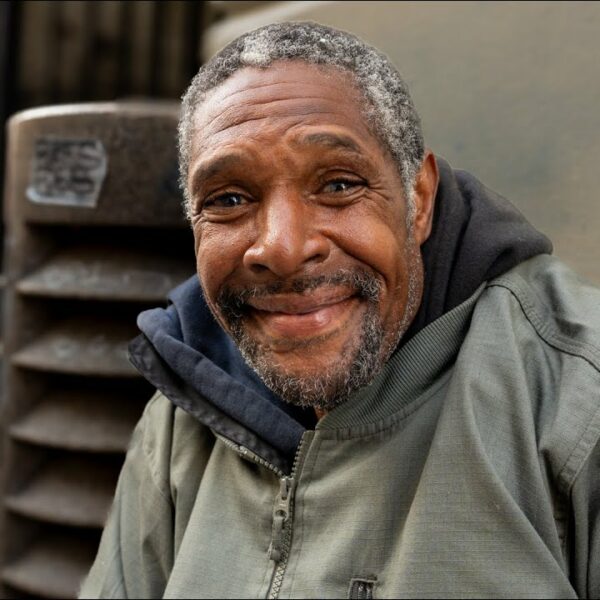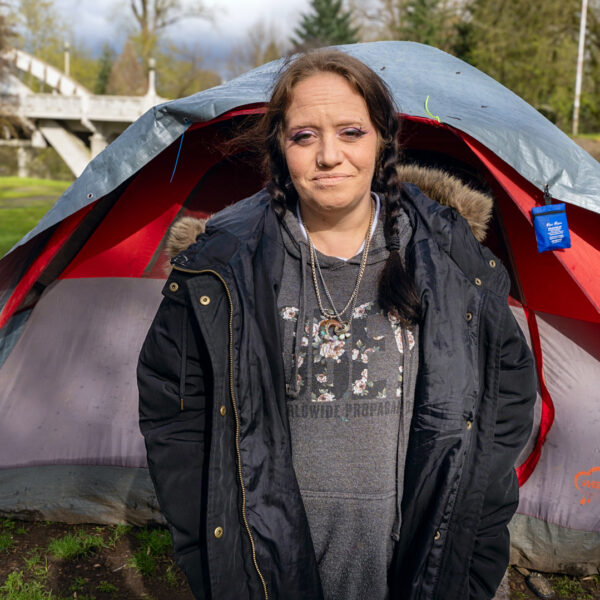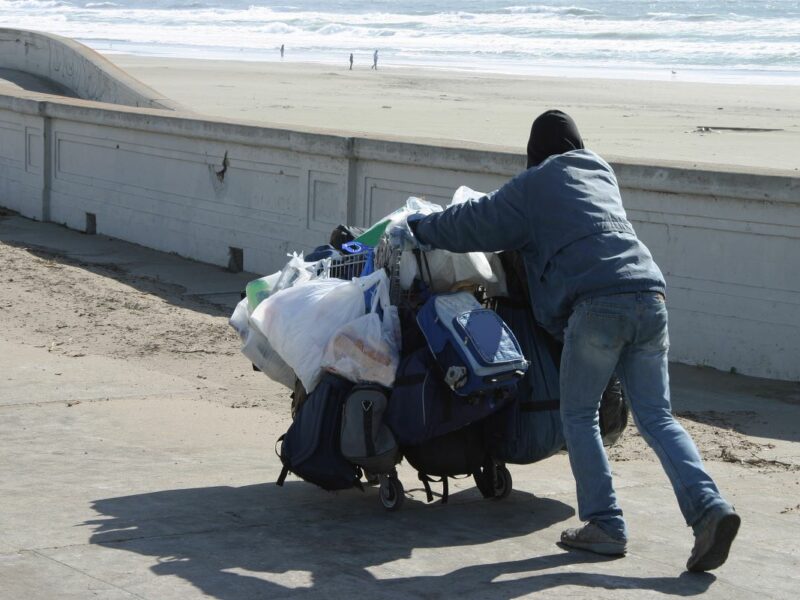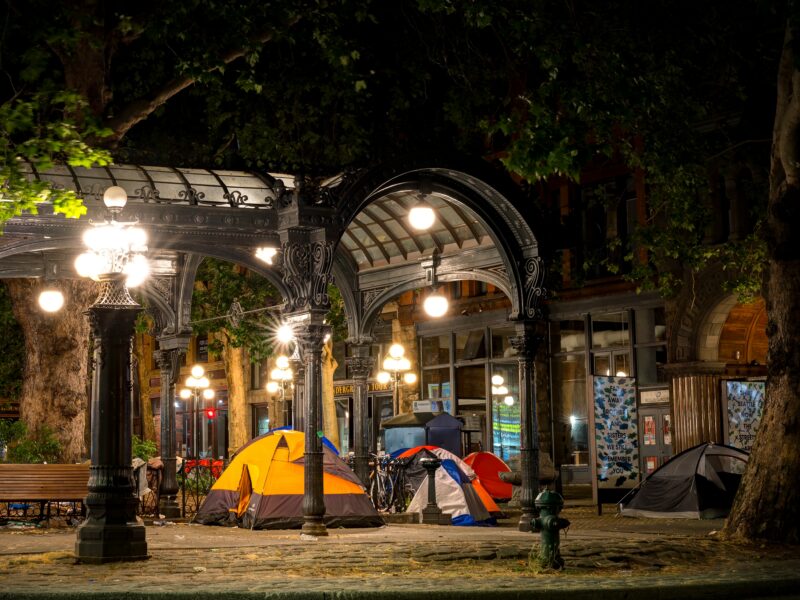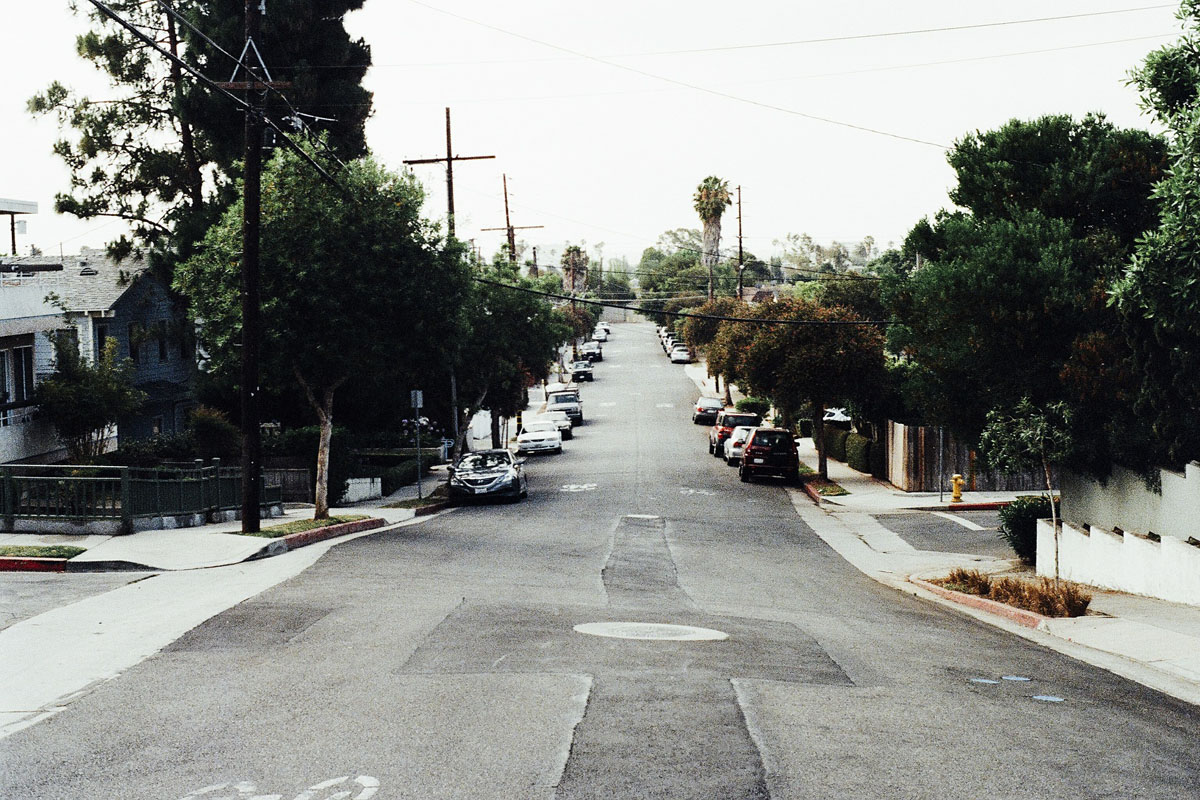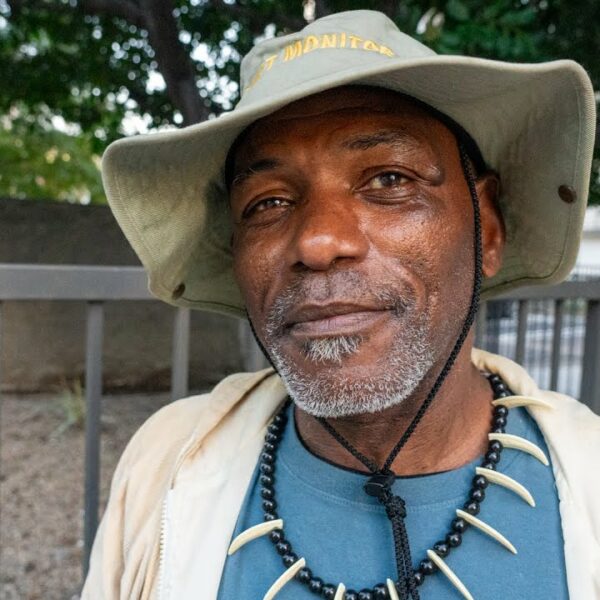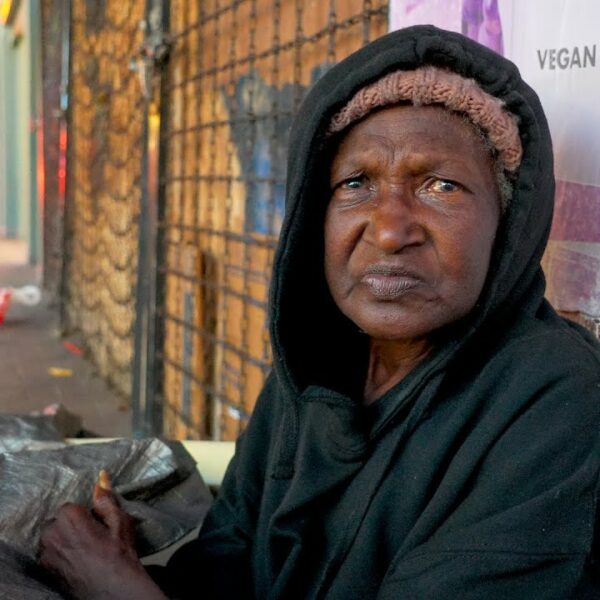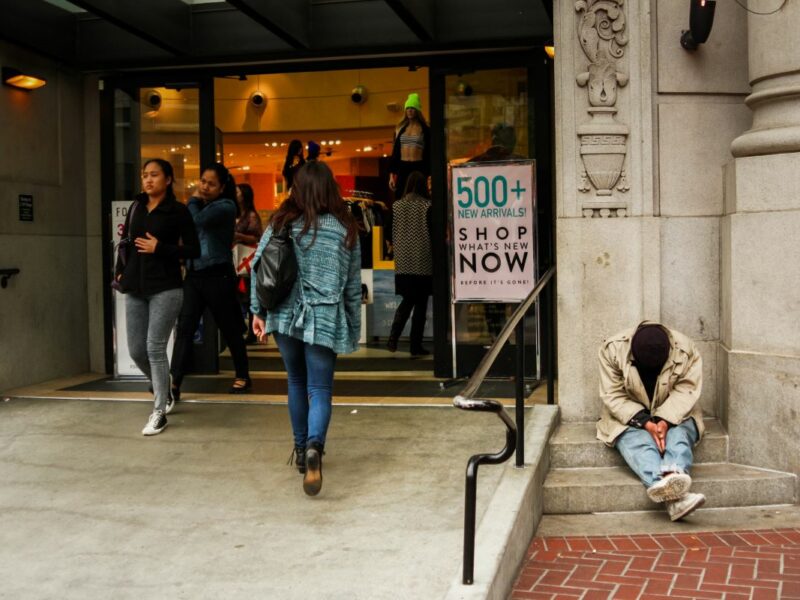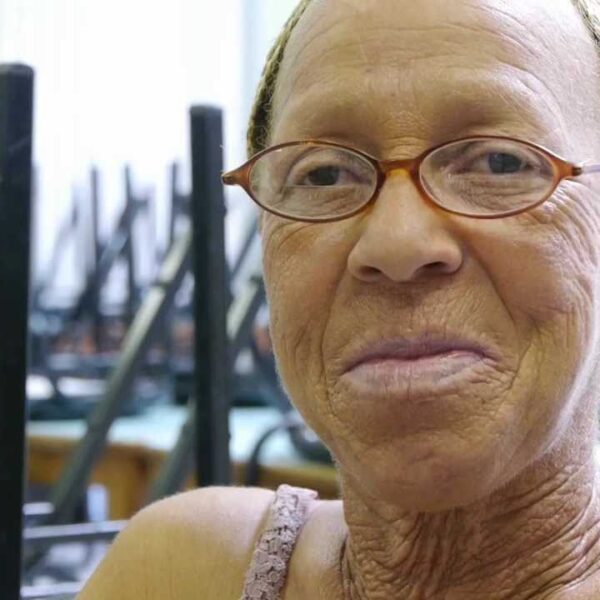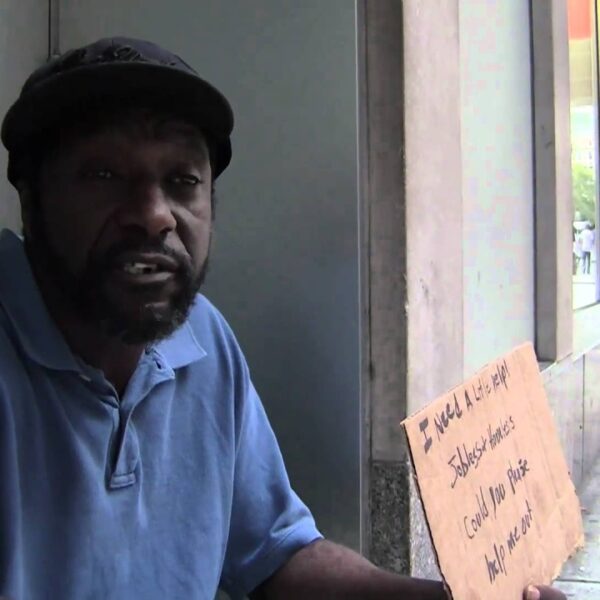Changing housing habits are changing the face of homelessness. As working professionals move back to urban areas to avoid long commutes, rents increase forcing more homeless people into the suburbs.
Some cities actually have programs that encourage people to move to cheaper suburbs. According to Pix 11, Yonkers Councilman John Rubbo said New York City has sent more than 100 homeless people to his city through its Special One Time Assistance program. The program provides one year of pre-paid rent to people who have been in a shelter for 90 days.
San Diego, another city with sky-high rents, has a similar program that encourages people to leave the area. According to the LA Times, San Diego has a Family Reunification Program. The program encourages homeless people to reconnect with family members in other cities and states. However, critics have derided this as “Greyhound therapy.”
With average rents in the Los Angeles area ranging at about $2,000, more people are moving to the sprawling Inland Empire suburbs. This has created a new set of problems. Now the Inland Empire is beginning to see an increasing homeless population. And the statistics back this up.
In 2019, the County of Riverside Department of Public Social Services (DPSS) and the University of California, Riverside partnered to survey homeless people in the area. The report recorded more than 2,800 homeless people, a 21% increase from 2018.
The report confirms what many Inland Empire residents already see. Local residents are noticing more homeless people in downtown Riverside, sleeping on main streets and even an increase in tent cities. Downtown Riverside also has its own “Skid Row” area.
San Bernardino County also surveyed the homeless population in 2019 and noticed an increase.
“Redlands had a total of 183 homeless individuals, including 141 unsheltered individuals. This is up from 143 homeless individuals – 136 unsheltered – in the 2018 survey,” said Redland Public Information Officer Carl Baker.
“There are multiple areas throughout the city where the homeless [people] will be observed,” said Baker. “These include city parks, encampments in the orange groves, abandoned homes and buildings, and standing in front of businesses. Usually, during the day, the homeless population tends to find locations … where they won’t be bothered by police and at night.”
According to Baker, the city has received about $600,000 from the Homeless Emergency Aid Program (HEAP) to address the situation. Part of the money is shared with the Redlands Police Department, who hire community outreach coordinators to reach out to local homeless people. Other recipients of the grant money include the Family Service Association of Redlands and Inland Housing Solutions, who provide services such as motel vouchers and rapid rehousing.
“The City of Redlands also participates in quarterly meetings with the San Bernardino County Office of Homeless Services, Interagency Council on Homelessness (ICH) and Homeless Partnership Network (HPN) in an effort to develop regional solutions to address the issue. Ultimately, long-term solutions need to be addressed at a regional, state and federal level,” said Baker.
Increased Demand Results in Increased Rent
The Inland Empire used to be known as a place where it was cheap to live. But as more people move in from Orange and Los Angeles counties, rents increase. This puts even more pressure on the local residents, driving some of them onto the streets. According to the Bureau of Labor Statistics, the Inland Empire saw a 4.4% rise in rent in 2019.
With these social factors driving the problem, Inland Empire residents are now finding homelessness harder to ignore. The issues are now in their faces as they see more people sleeping on the streets. The Riverside County Board of Supervisors created a Homeless Ad Hoc Committee to coordinate and address statewide resources. IE residents have discovered that homelessness is not just an LA problem; it’s literally on their doorstep.



